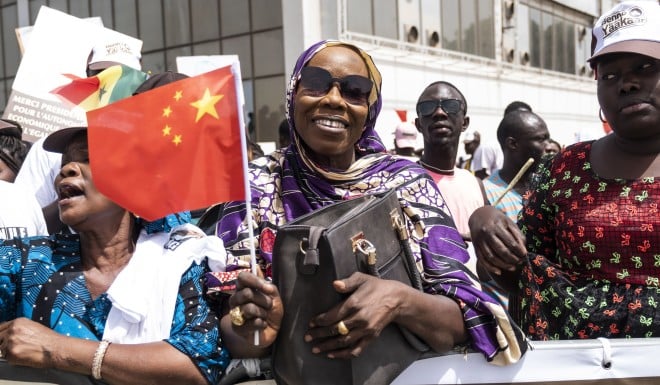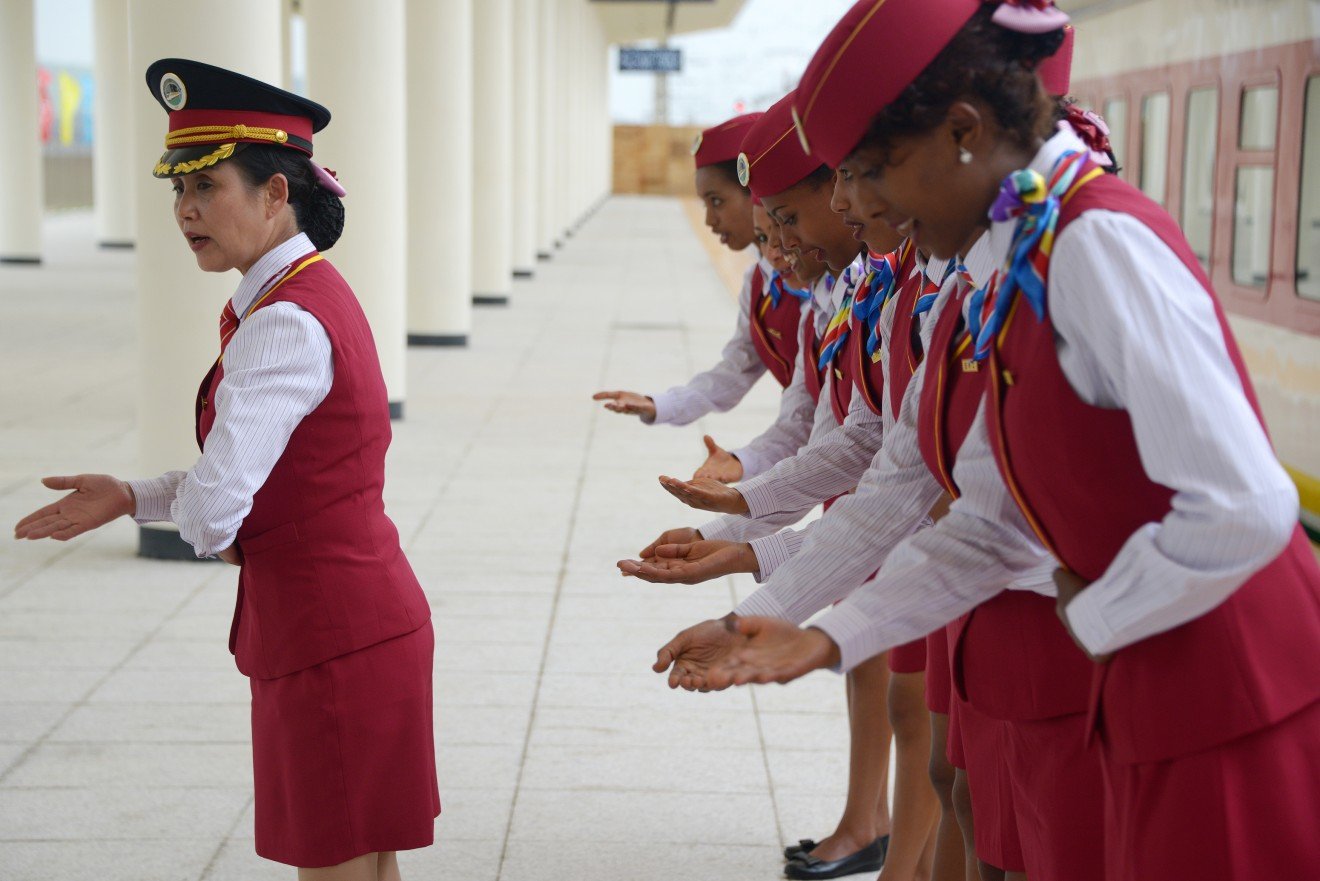By Viola Zhou.
Chinese President Xi Jinping has just finished his fourth official trip to Africa. And yet again, he’s returned promising tens of billions more in investment.
Xi has just completed a 10-day visit to four African countries, as well as the United Arab Emirates, on his first international trip after being appointed president for a second, and unlimited, term. Donald Trump has yet to set foot on the continent as president.
Beijing is expanding its presence across the continent by building railways, deploying troops and offering more than $100 billion in loans, leading to fears that China is taking a neocolonialist approach to the continent for the sake of its own interests.

Here’s what you need to know about Xi’s latest trip and the deepening ties between China and Africa.
What goodies did China bring this time?
Not all the deals made during Xi’s visit have been made public. Here are the ones we know about so far:
South Africa was promised nearly $15 billion of investment, which includes loans to state companies and the construction of a metallurgical complex. China had already invested a total of $25 billion in South Africa by the end of 2017.
Senegal became the first West African state to join China’s Belt and Road Initiative, although the precise level of investment remains unknown. Beijing has invested a total of more than $100 billion in the multinational, multi-continent infrastructure program aimed at promoting trade and economic cooperation.

Rwanda, one of the world’s poorest countries, got loans and grants worth millions of dollars. The 15 deals signed with Beijing include road construction, hospital renovation and the development of a new airport, according to Nairobi-based newspaper The East African.
Mauritius, a small island nation off the East African coast, continued negotiating Africa’s first free trade agreement with China.
Why is China handing out all this money?
First, the money is not free, but in the form of cheap loans. Critics have accused China of trapping the African states with massive debts – which could take the struggling economies decades, if not longer, to pay off.
Other nations to which China has loaned money for the Belt and Road Initiative are already finding themselves struggling to make payments.
Second, most of the infrastructure projects funded by these loans are awarded to China’s state-owned companies. These contracts have been creating jobs and revenue for China as well.

Third, the loans tend to come come packaged with China’s military and cultural programs, allowing Beijing to expand its hard and soft power.
China’s first and only overseas Military base is in Djibouti, in the Horn of Africa. Beijing is also running more than 50 Confucius Institutes across Africa to promote Chinese language and culture.
Strong ties with Africa will also give Beijing an edge in accessing the continent’s natural resources, such as oil and rare minerals.
What does Africa think?
Africa wants to industrialize, and China is offering its help, even if it comes with strings attached.
As of 2009, China has replaced the US as Africa’s top trading partner. Although the US still engages in anti-terrorism drills and other security operations across the continent, the Trump administration has spent little time talking about helping with trade and business.
By contrast, Beijing has positioned itself as a friend that is supporting the African economy. Former US Secretary of State Rex Tillerson disputed that stance while on a trip to Africa – the same trip on which he was fired.
African governments have been looking for inspiration from China’s transformation from a raw materials exporter to the world’s factory, Deborah Brautigam, a China-Africa relations expert at the Johns Hopkins University, wrote in an analysis published in the Washington Post.
To develop their manufacturing sectors, the countries first need to have proper roads, rail lines and port facilities – and these are what China is building now.
Beijing has also brought in Chinese firms to the special economic zones it has established in Africa. Such economic zones have been major drivers of China’s own economic boom over the past four decades.
Inkstone







































Leave a comment